DAOs are this next big thing in the world of crypto, touted by the likes of Cointelegraph, that promise to overtake in popularity even NFTs. These decentralized autonomous organizations come hand in hand with dapp projects and seem to accumulate substantial financial power:
 If you want to make sense of this thing once and for all, plus learn how to start a DAO, you’re in the right place. Oh, and if you’re wondering whether there’s any software to be built really, I can assure you that DAOs have very strong blockchain roots.
If you want to make sense of this thing once and for all, plus learn how to start a DAO, you’re in the right place. Oh, and if you’re wondering whether there’s any software to be built really, I can assure you that DAOs have very strong blockchain roots.
Top Takeaways:
- DAO is blockchain-based voting, and you need it to create additional incentives for crypto enthusiasts to join a dapp project. Members feel more confident when they can affect product development and operations, and everybody loves another token to speculate on.
- To build a DAO, we’ll need to create a smart contract and integrate it with a voting portal. That’s the bare minimum, but we can have more fun with a mobile app, etc.
- Today, “How to start a decentralized autonomous organization?” is a matter of registering an account on a site and going through a 10-min wizard. However, if you’re serious about your DAO, you will need a full-stack team experienced in web3 and web2 development.
Table of contents:
What Is a DAO?
The term is really far from being self-explanatory, right? You will not believe how many times I approached this mesmerizing topic and got scared away by the sheer amount of documentation. And they keep bombarding you with more terminology in these docs without caring too much about explaining them.
 Fortunately, after another round of research, I’m happy to report that DAOs are not that intimidating. In fact, one can say that a DAO is just voting on blockchain — the one where votes are fully transparent and cannot be falsified.
Fortunately, after another round of research, I’m happy to report that DAOs are not that intimidating. In fact, one can say that a DAO is just voting on blockchain — the one where votes are fully transparent and cannot be falsified.
Related: Blockchain App Development: Everything You Need to Know
Decentralized autonomous organizations are groups of people that collectively decide about an underlying blockchain-based product and its roadmap. Typically, DAO members would need to hold a specific crypto token to take a vote.
As you understand, DAOs form around decentralized applications, protocols, or what have you. For example, the largest DeFi protocol, MakerDAO, has the abbreviation right in its title. You need to purchase their MKR token to take part in voting; that’s around $2K per token, and some people got it free as an AirDrop.
Types of DAO
First, DAOs are still a recent phenomenon in the crypto world, and it keeps developing, taking different shapes and forms. Today, we distinguish between types of DAOs by their purpose and membership.
Based on its goals, a DAO can be:
- Protocol
Usually, such DAOs serve as a homestead for a specific decentralized app or a defi protocol. For example, UNI token holders have a say in managing a crypto exchange called UniSwap.
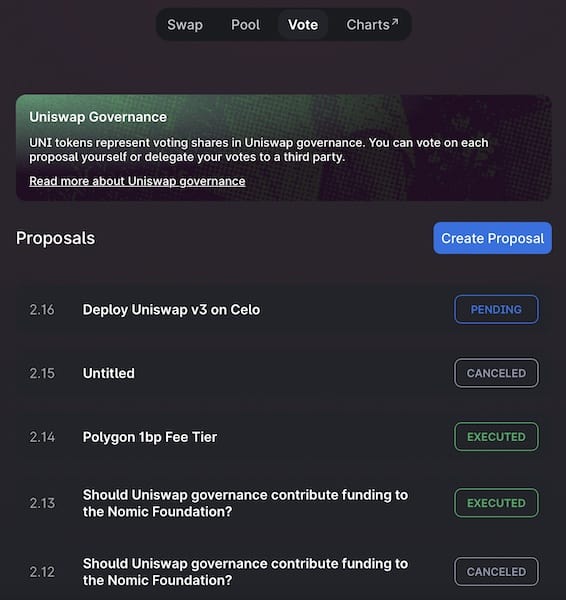
- Investment
That can be a venture fund that gathers investments and determines the targets to put money into. Returns are redistributed among members of a DAO.
- Collector
NFT investors can form an NFT DAO to buy non-fungible tokens that they expect to appreciate in price.
Related: NFT App Development: The Complete Guide
These are the main types of DAOs out there. Of course, the most common type is dapp-centered DAOs for building an ecosystem around particular blockchain projects (e.g., decentralized exchanges).
Why Start a DAO?
Like anything in crypto, DAOs attract people because of their speculation potential. The price of governance tokens can be very volatile and tends to rise, especially if a DAO has a solid product-market fit.
Speculations
Let’s take an MKR token, for example. Early adopters got MKR for free. People who followed could snatch the token at under $300. It’s all-time high was at $6,000, and today it trades at around $2,000. That’s a lot of Xs for newbies who think they’ve missed the Bitcoin and Ethereum boat.
DeFi fleur
Another advantage that DAOs bring to the table is decentralization, or an illusion of decentralization. Why illusion? Because people with larger bags have more votes.
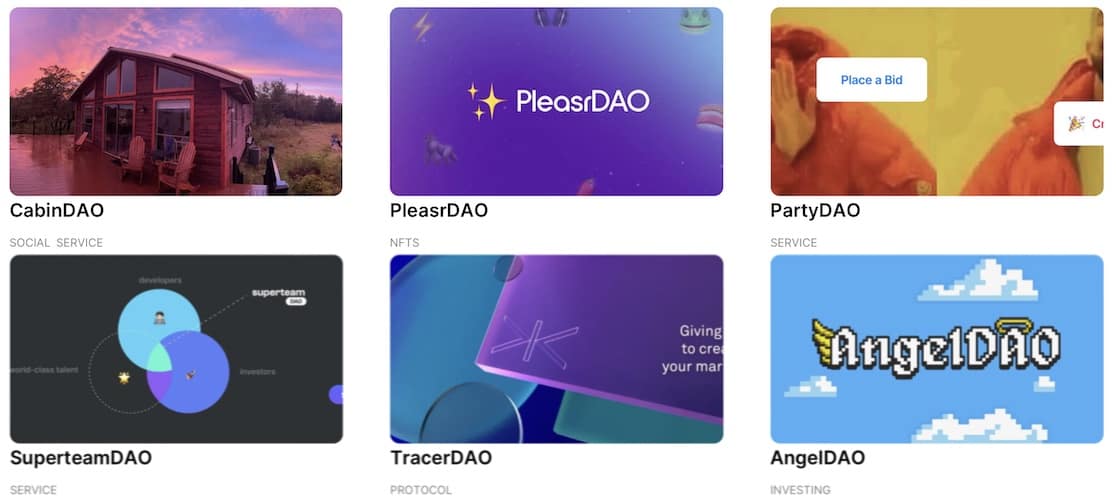 Besides, only a few parameters of a DAO can change based on voting completely autonomously. It still takes a development team to add or remove features, and though dapp developers are always benefactors… Let’s just say anything can happen.
Besides, only a few parameters of a DAO can change based on voting completely autonomously. It still takes a development team to add or remove features, and though dapp developers are always benefactors… Let’s just say anything can happen.
On the bright side, decision-making becomes completely transparent.
What Does a DAO Need?
It’s interesting, but a decentralized autonomous organization doesn’t need much to operate. The must-haves include:
- Purpose
Why would people want to participate in your DAO?
- Voting mechanism
How will members vote?
- Treasury
If DAOs (mainly) exist to make money for their members, then a treasury protects their funds. The bigger the treasury, the more people are likely to join.
- Members
Remember that if you want to run a DAO, create a powerful community and incentivize its members to actively take part in developing this DAO.
Top 3 Successful DAOs
MakerDAO
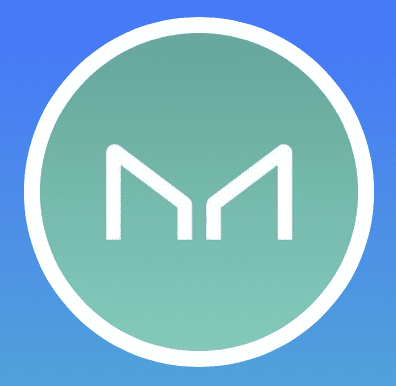
Maker is one of the first genuinely successful DAOs. They issue a USD-pegged stablecoin and provide borrowing and lending services, among many other things.
FlamingoDAO
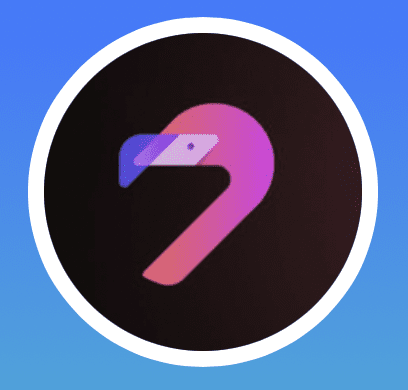
Flamingo is an investment DAO that focuses on NFTs.
BitDAO
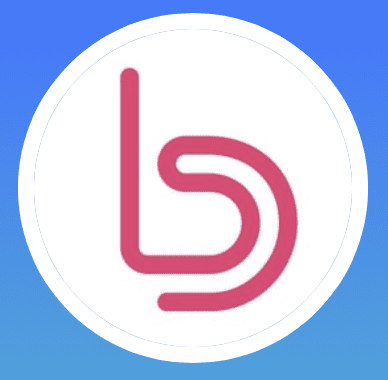
BitDAO advertises itself as “one of the world’s largest DAOs” with its vision centered on open finance and a decentralized tokenized economy.
How to Create a DAO?
So let’s say you want to create a DAO on Ethereum. How exactly do you do that? There’s an easy way and one that’s not so easy.
Use low-code or no-code solutions
First, there’re plenty of ready-made solutions out there that allow you to quickly forge a DAO with minimum functionality, for example, Aragon or DAOStack Alchemy. All you need is to go through a pretty straightforward wizard and pick options.
Some of the no-code front runners for starting a DAO include Colony and Upstream Collectives. The downside of running with these platforms is that you don’t get to decide much about:
- DAO customizations
- a blockchain to launch on
- some advanced DAO features won’t be accessible (delegated voting)
Related: Low Code/No Code vs Programming: How to Choose?
Create your own DAO
That’s when we start from scratch and build a completely custom DAO. Although nothing prevents us from taking advantage of open-source code or even using commercial tools like Moralis that help us cut the chase with coding.
Usually, we’d want to make a DAO from scratch when we want to introduce some advanced options besides a mere voting mechanism. Those are typical scenarios where we’d need to create sub-DAOs or when our DAO needs to automatically interface with a dapp, let’s say, a lending protocol.
Related: Create a Decentralized App
Step #1: Strategy, including tokenomics
When creating a DAO, you first need to map out its purpose and goals. Based on that, you’ll define the DAO’s tokenomics, such as:
- whether the DAO token will be inflationary or deflationary
- the mechanics of token distribution and reimbursement
- whether token holders get a lower commission when using a dapp
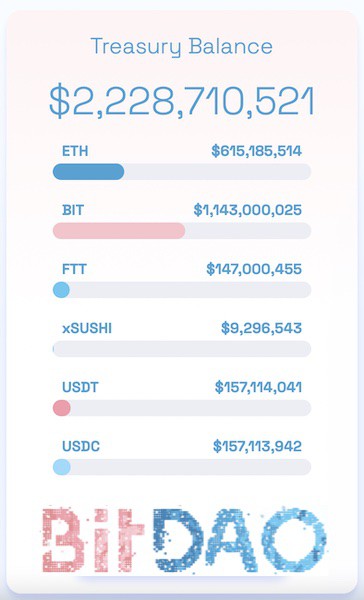
Frankly, there’s a lot that goes into thinking through the DAO’s tokenomics, and the project’s success will definitely depend on how well it’s composed. Remember that mass adoption will only happen if people see the token’s speculative potential. Therefore, you need to stimulate such behavior among early adopters that leads to a faster price appreciation of the token.
Step #2: Smart contract development
The next step is creating a DAO token, which implies the development of a smart contract where you will specify the token’s governance properties, among its other parameters, such as treasury, etc.
Smart contracts, once deployed to a blockchain, cannot change. So it makes sense to meticulously check all its functions before deploying. Any changes to the contract’s parameters will come into effect only if most token holders vote accordingly.
Unfortunately, any functionality that’s not foreseen by the smart contract from the get-go will have zero effect, regardless of votes. Such changes would inevitably imply developing a new contract and migrating users to the new rails.
Related: Create and Deploy a Smart Contract
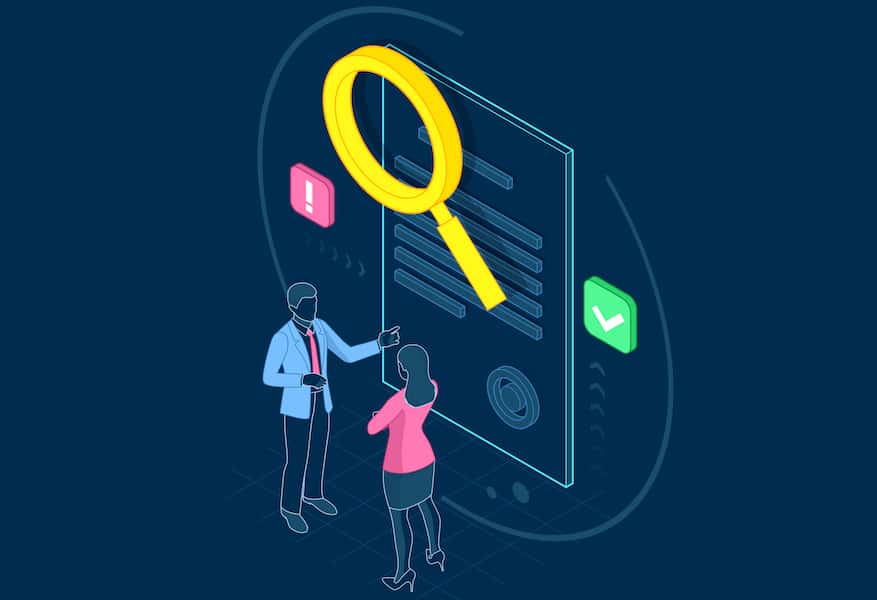
Of course, migration, in this case, simply means that front-end applications interfacing with the blockchain will need to reconnect to a new smart contract. And users will continue working with the same (if only slightly tweaked) front-end application.
Note that while developing, you will need to use test chains, e.g., Rinkeby, if you plan to eventually deploy to the Ethereum blockchain. Because you don’t need to spend actual crypto that way.
Among other things you need to consider when you form a DAO is the connectivity between the DAO smart contract and other systems. This includes crypto wallets, the main dapp, and a voting portal.
The DAO members will need to connect their crypto wallets to submit their votes. Using WalletConnect seems like an elegant solution for this purpose. Otherwise, allow them to connect to their wallet directly, depending on what blockchain you use as the backbone.
We’ll also need to create a multi-signature wallet to manage a DAO’s treasury.
Related: Create a Crypto Token and Create a Crypto Wallet.
Step #3: Voting portal development
Finally, you’ll need to create an intuitive voting portal where token holders can submit their proposals and vote on others’ proposals. Think of the portal as a web 2.0 application, only hooked to the DAO’s smart contract and the ability to connect to users’ crypto wallets on the back end.
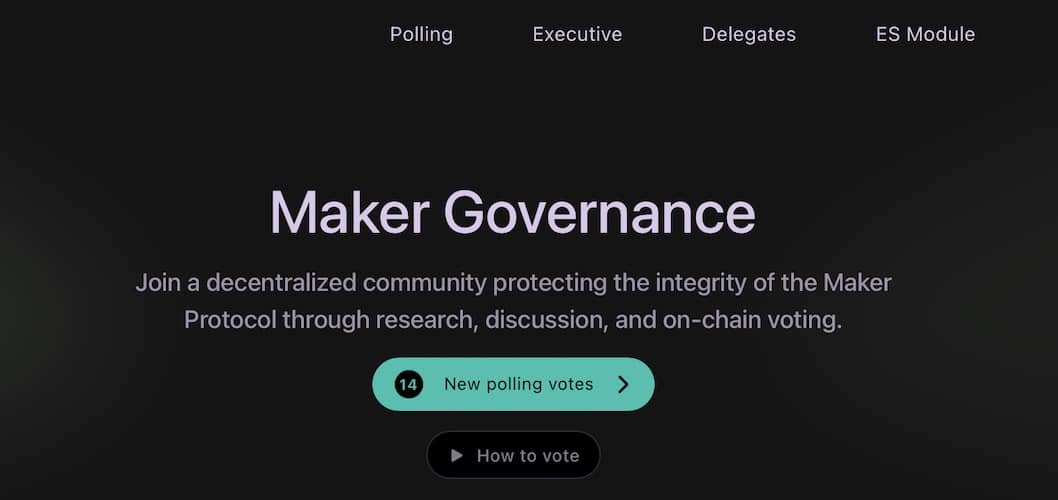 Otherwise, it’s a regular web application where users can see all current and previous proposals and voting results. As with all “regular” (read non-blockchain software), we’d need to follow our usual development routine:
Otherwise, it’s a regular web application where users can see all current and previous proposals and voting results. As with all “regular” (read non-blockchain software), we’d need to follow our usual development routine:
- Rapid prototyping
- Development and testing
- Deployment and maintenance
As you remember, we run through a couple of iterations with a prototype to create an intuitive and engaging interface. To that extent, a prototype is not a working app but a clickable mock-up of the app, where users can jump between static screens by clicking on UI elements.
This approach guarantees we launch a DAO conforming to the users’ expectations. And we don’t need to waste a high-dollar budget on verifying this through development.
Needless to say, all the intra-steps here (from prototyping to deployment) need to conform to the agile development principles. Meaning we continuously improve the solution, releasing new functionality in fast interactions, which is more adequate to the dynamic crypto market landscape.
You can’t create a decentralized autonomous organization if you don’t follow agile, period.
Step #4: Deployment and maintenance
Ok, so for the DAO launch, we will need to place smart contracts on the mainnet, e.g., Ethereum (as opposed to the test chains we used during development). And a voting portal and other front end bits (you might want to seal the deal for customers with a mobile app) get deployed to the cloud, forming the user-centered part of the solution.
 From there on, we will maintain these two parts of the DAO separately. The smart contract is on its own — we cannot change it, only replace the contract with a new one, and that’s something few users love. The ideal scenario is you develop a smart contract, and it keeps working on its own, tamper-proof and secure.
From there on, we will maintain these two parts of the DAO separately. The smart contract is on its own — we cannot change it, only replace the contract with a new one, and that’s something few users love. The ideal scenario is you develop a smart contract, and it keeps working on its own, tamper-proof and secure.
As for the front ends, we’ll need to keep them updated and patched at all times, adding new features from time to time. Setting up a proper DevOps environment goes a long way in that regard. Just because developers won’t need to spend time on anything besides development, and making new software versions available to customers is automated.
Related Articles:
- How to make a DeFi Lending Platform
- How to Build a DeFi App
- How to Build a Fintech Application
- How to Make a Private Blockchain
- How to Make a Blockchain Payment System
- How to Make a Cryptocurrency Exchange
- How to Develop a DeFi Staking Platform
- How to Develop a DeFi Exchange Platform
A DAO is a decentralized automated organization — a form of not legally recognized business where decisions are made based on consensus. Every DAO member can vote and put forward proposals for how the business should operate. On-chain DAOs are exactly like those we’ve discussed in this blog. As for off-chain DAOs, they have nothing to do with blockchain technology. The governance processes in off-chain DAOs happen off-chain, and as a result, decisions don’t have binding power. However, ownership can still be distributed. DAOs are a very dynamic ecosystem in crypto. Usually, crypto enthusiasts talk about protocol, investment, grant, entertainment, social, and collector (aka NFT) DAOs. You will need Solidity developers to write smart contracts, and as for front-end applications, you’re welcome to bring your own technology, meaning anything will work, e.g., React and Node.js. It shouldn’t take more than three or four months, but remember that creating a vibrant community may take a while.Frequently Asked Questions
What is a DAO?
What is the difference between on-chain and off-chain DAOs?
What are some common types of DAOs?
Is there a specific technology stack I should stick with for creating a DAO?
How long does it take to build a DAO blockchain project?

